
A Nine-Year Hunt for Neutrinos
How do we hunt for elusive neutrinos emitted by distant astrophysical sources? Submerge a huge observatory under ice or water … and then wait patiently.

How do we hunt for elusive neutrinos emitted by distant astrophysical sources? Submerge a huge observatory under ice or water … and then wait patiently.
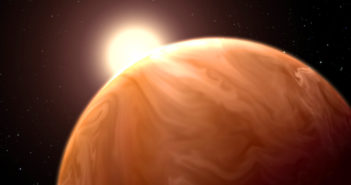
Astrobites explores what it takes to form a mini-Neptune from the ingredients of an early solar system.
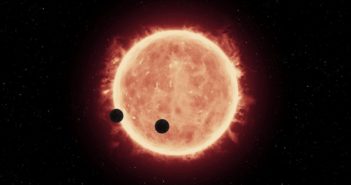
How correct are the properties we’ve measured for TRAPPIST-1, a nearby star with seven transiting, Earth-sized planets?
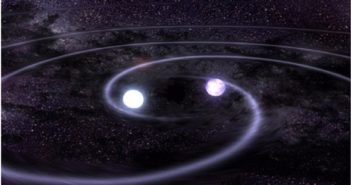
More than forty years after the first discovery of a double neutron star, we still haven’t found many others — but a new survey is working to change that.

Star formation wasn’t thought to be possible in the extremely hostile environment surrounding Sgr A*, the supermassive black hole at the center of our galaxy — but new evidence suggests otherwise.
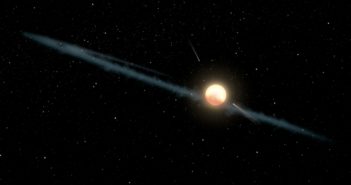
Boyajian’s star is still at it! Astrobites reports on the latest clues revealed by this star’s mysterious flux dips.
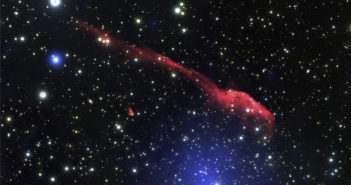
New deep observations from the Very Large Array reveal unprecedented detail within the Toothbrush radio relic in this galaxy cluster.
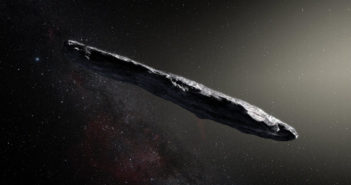
Here are some of the most recent outcomes in the study of asteroid 1I/’Oumuamua, the first interstellar asteroid we’ve ever detected.
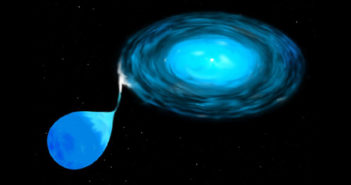
What can you do with a team of people armed with backyard telescopes and a decade of patience? Test how binary star systems evolve under Einstein’s general theory of relativity!
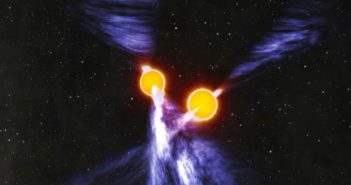
For the first time, we’ve directly determined the direction that a pulsar — a highly magnetized neutron star — is spinning. Astrobites reports on the outcome.
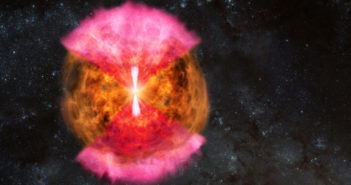
This week we’re at the winter AAS meeting in National Harbor, MD. Here are the highlights from Day 4!
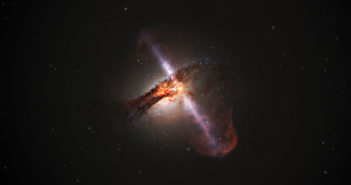
This week we’re at the winter AAS meeting in National Harbor, MD. Here are the highlights from Day 3!